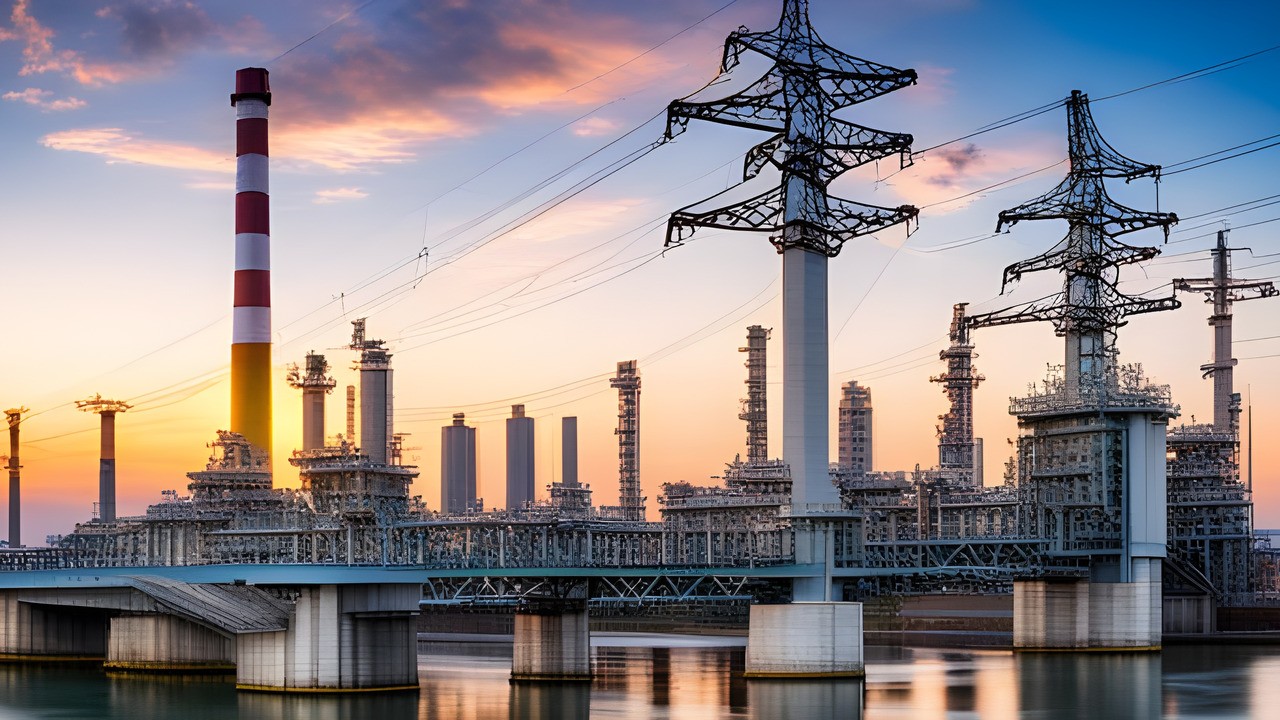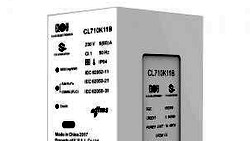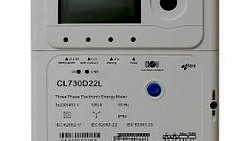Energy efficiency has become a critical aspect of modern power systems in our era of sustainable development and climate change. Utilities and power companies worldwide are seeking ways to reduce energy waste, optimize energy usage and cut down on costs. This article will provide various strategies and technologies to increase energy efficiency and minimize waste in power companies.
Smart Grid
One strategy that many utilities have embraced is the use of smart grid technology. Smart grids with AMI-systems allow real-time monitoring of electricity usage across entire networks, allowing for more accurate predictions of peak load times and better management of energy production and distribution. This allows utilities to optimize their operations and reduce waste by ensuring that energy is only generated and distributed when it is needed, rather than relying on traditional fixed schedules.
Infrastructure Updates
Another key area where utilities can focus on improving energy efficiency is through infrastructure upgrades. Many utility systems were built decades ago and lack modern features such as advanced metering capabilities, communication protocols and automation. By investing in new equipment and modernizing legacy systems, utilities can significantly reduce maintenance costs and technical losses, increase reliability, and save energy. Additionally, upgrading transmission and distribution lines can enable smarter operation of the electrical network, further reducing losses from energy consumption.

(Symbol Image, Credit CLOU)
Demand Response (DR)
Demand response is a program that enables the power company to reduce power consumption during peak periods, by encouraging utility customers to voluntarily reduce their power usage. Customers who engage in the DR program receive prompt messages to reduce their energy use during peak hours when demand is high, while the power company rewards them with incremental benefits, such as lower utility bills or direct financial incentives. Demand response helps power companies reduce the amount of power they generate, hence minimizing energy waste and lowering the cost of electricity.
Distributed Power Generation (DG)
Distributed generation refers to the production of electricity from small-scale generators located close to the end-users, which can contribute to the local power grid. DG sources can include combined heat and power (CHP) systems, microturbines, fuel cells, and solar panels. DG systems can minimize energy loss from long-range transmission and distribution lines and improve the reliability of power supply to the end-users. Additionally, businesses that adopt DG systems can use the excess power they generate as a source of revenue, selling it back to the utility grid for a premium price.
Energy Storage Systems (ESS)
Energy storage systems are technologies that allow power companies to store energy from peak production periods and use it during peak demand periods. ESS improves the reliability of the power system, prevents blackouts, and can optimize the grid's overall performance. The two primary types of energy storage systems are electrochemical and electro-mechanical. The former includes batteries, while the latter includes technologies like compressed air storage (CAS), flywheels, and pumped storage hydroelectricity (PSH). ESS can reduce energy waste and cut down on greenhouse gas emissions by integrating renewable energy sources like solar and wind.
Customer Information
One of the most effective ways utilities can maximize energy efficiency is by empowering their customer base to make informed choices. Providing access to detailed energy usage data and energy conservation education helps customers make decisions about how to manage their energy usage effectively, reducing overall energy consumption without sacrificing comfort or convenience. Customers could participate in energy saving programs such as home energy audits or retrofitting initiatives that identify opportunities to reduce energy waste caused by outdated appliances or poor insulation.
Takeaway
Utilities and power companies must embrace multiple energy-efficiency strategies to minimize waste, optimize resource usage, and reduce operating costs. By taking advantage of these strategies, the power industry can create positive environmental impacts, foster sustainability, and meet customer needs reliably and efficiently.
Our solutions for metering, testing, and systems can help support your efficiency efforts effectively. Our team of professionals is available to assist you if you need any assistance or have queries. Contact us now to get started.
Editor's note: This article was originally published in August 2023 and has been updated for comprehensiveness.





All comments are moderated before being published. Inappropriate or off-topic comments may not be approved.